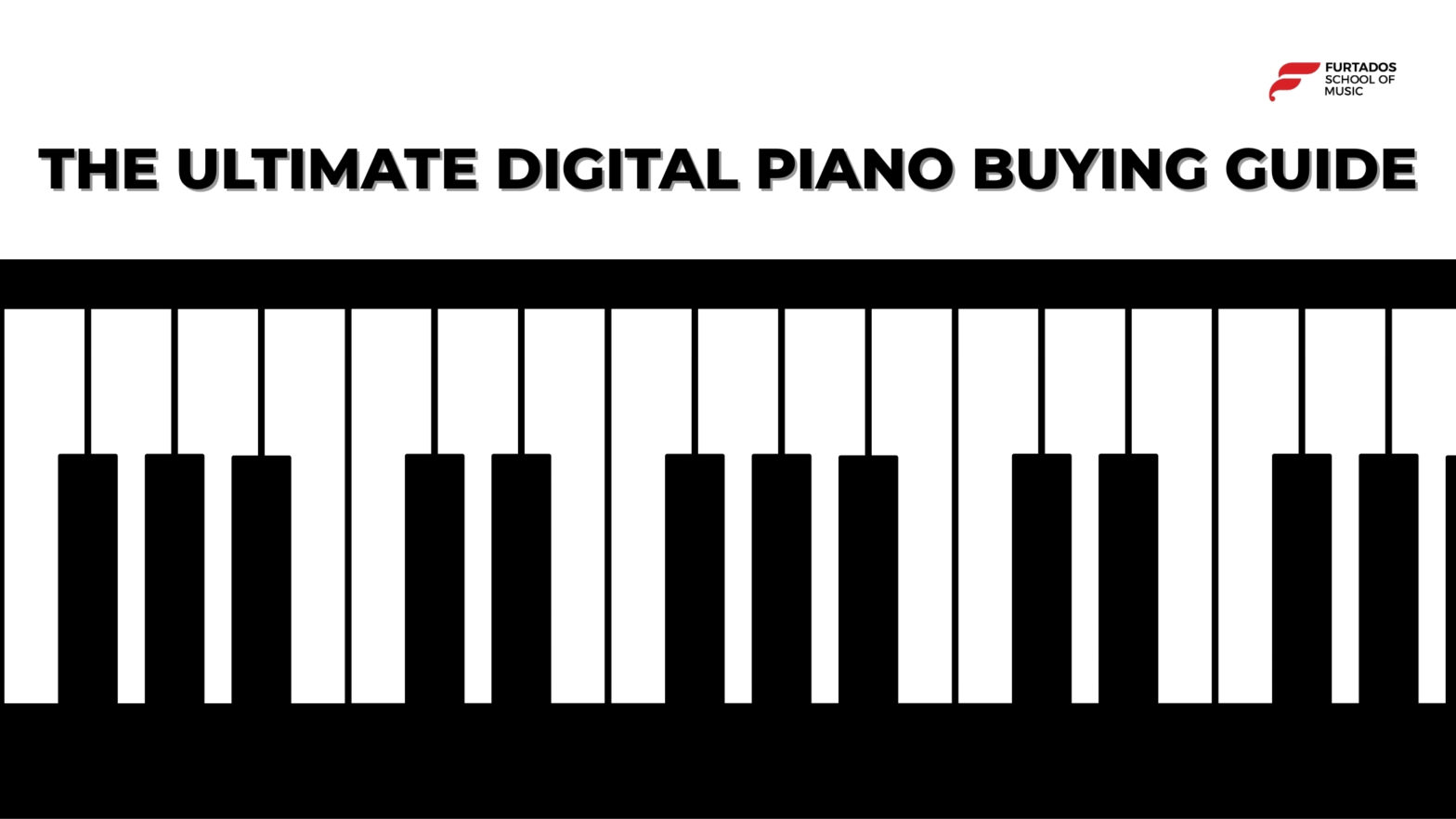Whether you’re just starting out or upgrading from a basic model, finding the right digital piano can make all the difference in your musical journey. From features and functions to feel and form, there’s a lot to consider. Don’t worry—this guide breaks it all down to help you make the best choice with confidence.
What is a Digital Piano?
A digital piano is a modern, tech-friendly alternative to the traditional acoustic piano. It uses digital samples and electronic components to replicate the sound and touch of an acoustic instrument. Unlike keyboards, digital pianos often come with fully weighted keys, built-in speakers, and features tailored for realistic playing.
Why choose a digital piano over an acoustic one?
- No tuning required
- Compact and portable
- Multiple sounds and effects
- Headphone output for silent practice
- MIDI and USB connectivity for music production
Types of Digital Pianos
Before diving into the specs, it’s good to know the main types of digital pianos available:
Portable Digital Pianos
Slim and compact, these are ideal for beginners or players with limited space. Great for travel or moving around the house.
Console Digital Pianos
Designed to look more like acoustic pianos with built-in stands and pedals. Perfect for home use and stable placement.
Stage Pianos
Geared towards performers and gigging musicians, stage pianos focus on high-quality sound, durability, and connectivity.
Key Features to Look For
Here’s what really matters when you’re searching for the best digital piano:
Weighted Keys
Look for fully weighted or graded hammer action keys. These mimic the feel of acoustic pianos and help build proper finger strength.
Touch Sensitivity
Essential for expressive playing. The harder you press, the louder the sound—just like a real piano.
Polyphony
Refers to how many notes can be played at once. 64-note polyphony is good for beginners, while 128 and above are ideal for advanced players.
Built-in Sounds
Most models come with various piano tones and additional sounds like strings, organs, or synths. Variety can keep your practice fresh.
Pedals
A sustain pedal is essential. Many console models come with three pedals (like a grand piano), while portable ones may require an external unit.
Connectivity and Extras
The best digital piano also keeps up with your tech:
- USB or MIDI Output: For connecting to your computer or DAW
- Headphone Jack: Practice silently
- Bluetooth: Some models support wireless connectivity for music apps
- Recording and Metronome: Great for practice and review
What’s Your Budget?
Your price range can help narrow things down:
- Entry-Level (₹30,000 – ₹50,000) – Yamaha P-45, Casio CDP-S110
- Mid-Range (₹50,000 – ₹80,000) – Roland FP-30X, Casio PX-S1100
- Premium (₹80,000 and above) – Yamaha Clavinova, Roland RD series
You don’t always need to go high-end. Many mid-range options offer excellent value and performance.
Best Digital Piano Brands in the Market
A few trusted names to keep on your radar:
- Yamaha – Renowned for natural touch and sound
- Casio – Great features at beginner-friendly prices
- Roland – Known for rich, expressive sound and solid build
- Kawai – Excellent key action and acoustic realism
Final Notes: Choose What Feels Right
Buying a digital piano isn’t just about specs. It’s about how the instrument feels when you sit down to play it. Whether you’re just starting your musical journey or seeking a more powerful tool for creativity, the right choice can elevate your playing experience.
The digital piano buying guide is just the start—make sure to test a few models, trust your instincts, and let the music lead the way.
